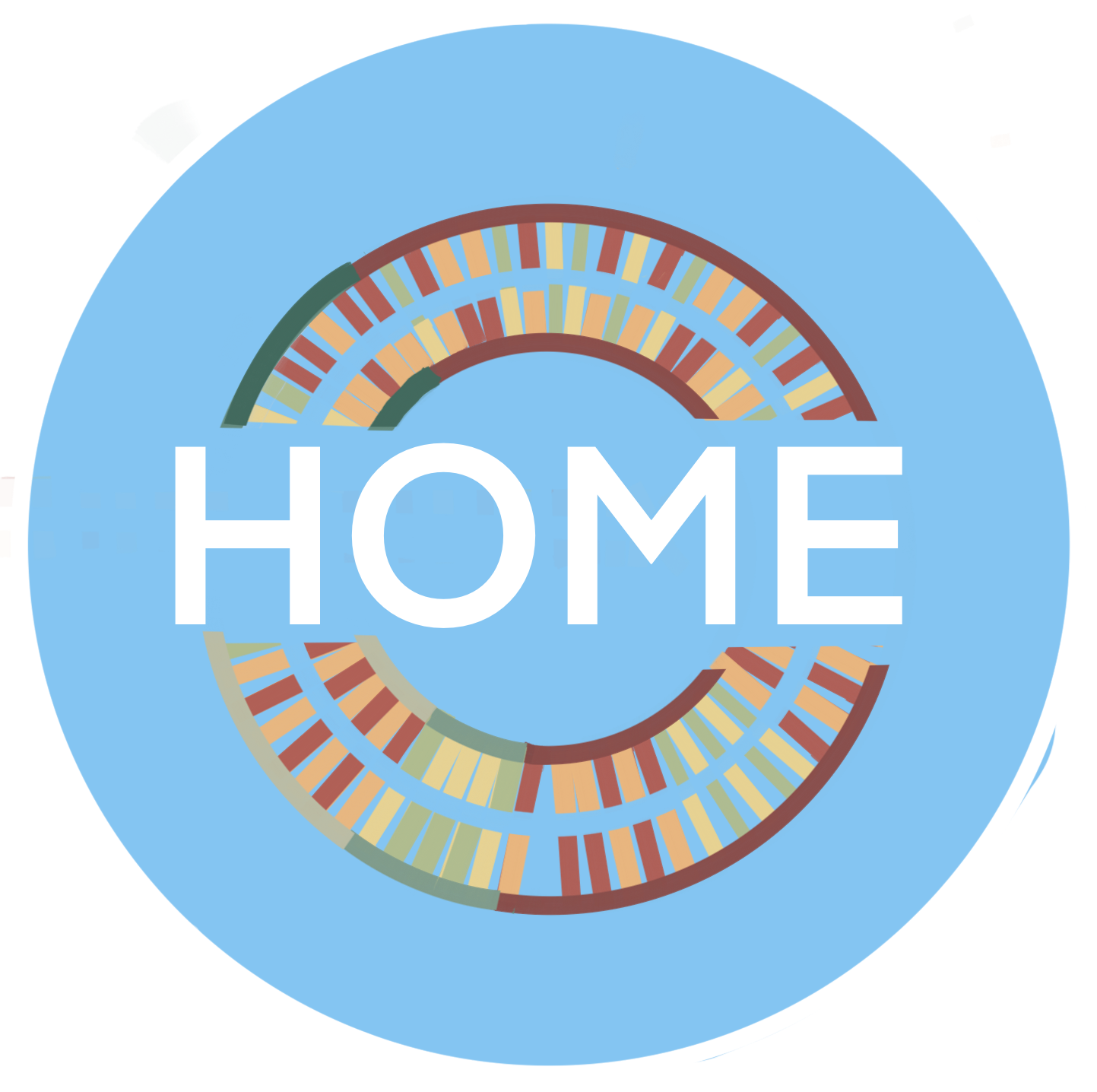Implementation
Overview
Our project is not trying to solve a real world problem with practical applications right away. We constructed a DNA-based regulatory component. We hope to construct gene regulatory components to regulate the production of some proteins. Components are based on APP sequences and cross structures. We hope that it has scientific value and can provide some new ideas for gene regulation, as well as some ideas for the research of Z-DNA. As for how to realize our project in the real world, we hope to reflect on the application value of our project from the aspects of experiment and detection.
Usage
We designed a double-ring structure with a cross structure, including APP sequence. By regulating the configuration of APP sequences, that is, by transforming B-DNA and Z-DNA, the cross structure can be changed so that the promoter sequence can be combined with DNA polymerase, thereby achieving the regulation of transcription.
This structure can be used to construct a novel biosensor for the screening and enrichment of Z-DNA specific binding substances. At the same time, the conformational changes of B-DNA and Z-DNA can be used to treat diseases and provide new diagnostic and therapeutic ideas for Alzheimer's disease and breast cancer, or other diseases related to DNA conformational changes.
Safety Aspects
The components designed and used in our experiment are DNA molecules. We did not use microorganisms such as E. coli, which will cause harm to the environment and people. All our parts are ordered from the corresponding companies with reliable source and safe transportation. All used parts will be inactivated by the lab, so it is relatively safe.
Challenge
Although there have been many riboswitches, the related research on utilizing DNA conformational transition part to achieve gene regulation is still not comprehensive enough. Therefore, we designed a unique double-ring structure from this aspect.
Since deoxyribonucleic acid corresponds to many potential regulatory elements, it has excellent orthogonality, making the construction of this structure reasonable and effective. Secondly, the elements constructed by deoxyribonucleic acid can directly transcribe and translate to regulate the protein output and act on the physiological activities of organisms, so the effect is intuitive.
In this design, we have several unique points:
1. APP sequence, namely a part of Z-HJ, is used in our design. This is difficult to see in other structures, the addition of this sequence is conducive to reducing the energy of conformational transformation, reducing the resistance to transformation between Z-DNA and B-DNA
2. We also introduce the cross hair clip structure, which is another part in Z-HJ. In this way, the conformational transition between Z-DNA and B-DNA can be reflected by the formation or not of the cross structure, and then reflected by the transcription or not. This was added at the suggestion of Mr. Liang Xingguo. We think it is a clever conformation.
3. The ribozyme gene is also selected for us to verify the success of transcription. The activity and concentration of ribozymes both represent the success of our experiment.
However, due to time reasons, we have not introduced this structure into real living cells, and there is still a large uncertainty in the subsequent experimental studies. At the same time, we also hope to replace the ribozyme gene with the gene expressing the fluorescent protein in the later stage, and use computer-aided detection in the later stage to make the experimental results more intuitive.
Promising Applications
Our experimental results have shown that our designed bicyclic structure with APP sequence can regulate gene expression, which is beneficial to gene transcription. After adding the corresponding protein, transcription will be inhibited. Such a structure can be designed as a switch, which normally turns off the expression of genes, and when appropriate, we can add inducers, turn on the switch, and make the genes added to the structure express. At the later stage, we intend to introduce this structure into cells, and at the same time replace the present ribozyme gene with other genes, and regulate the expression of more genes, so as to change the physiological activities of cells. The specific applications can be to make cells produce more metabolites such as enzymes and proteins, make abnormal cells become normal cells, and study the information transmission pathways of cells. At the same time, our study on the mechanism of conformational transformation between Z-DNA and B-DNA can also provide a new idea for the treatment of Alzheimer's disease and breast cancer. We can try to introduce protein such as ZBP-1 into the lesion site, and change the conformation of DNA in cancer cells to make it return to normal. We hope that this structure will bring a new dawn for the treatment of these refractory diseases.




